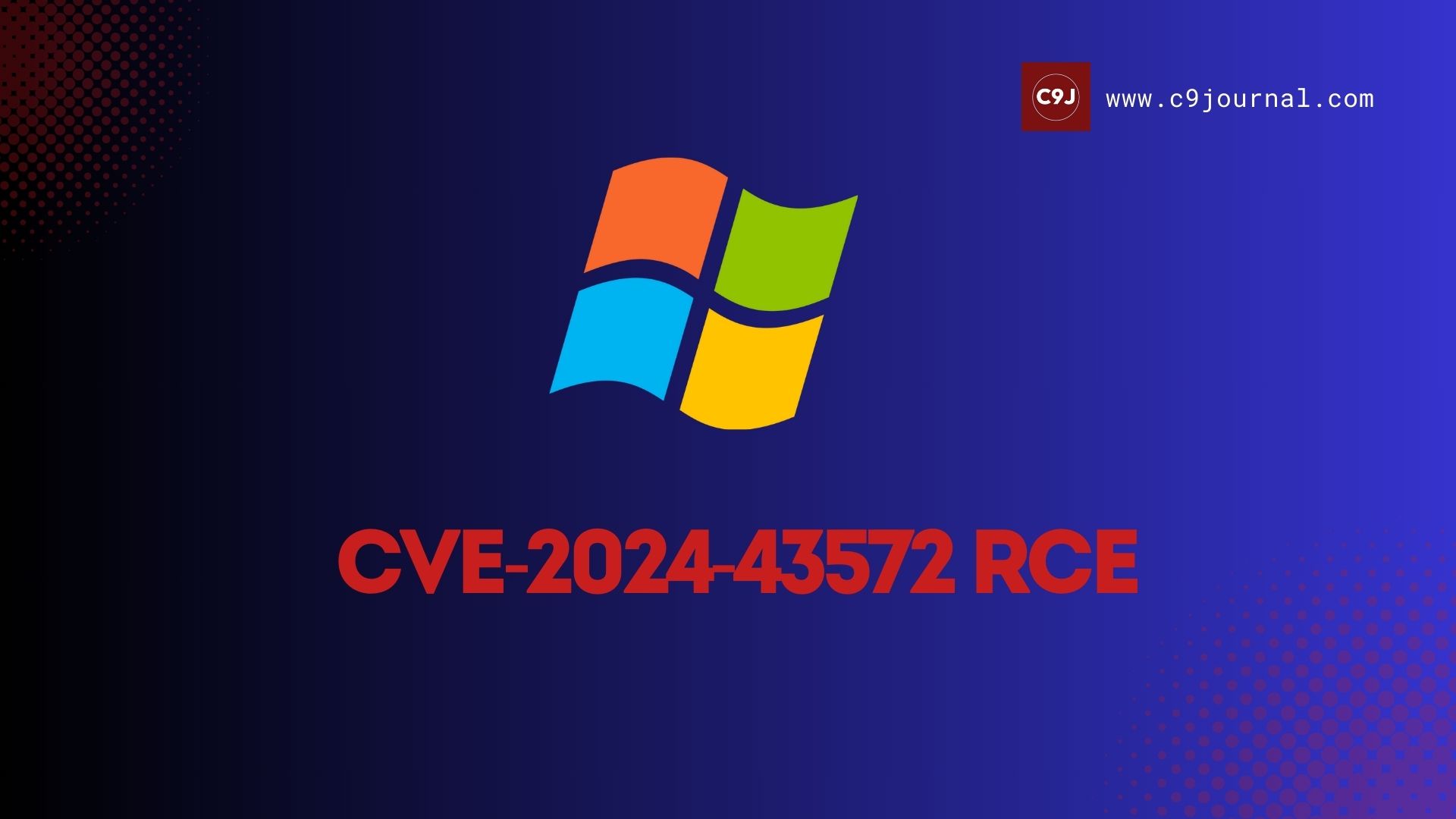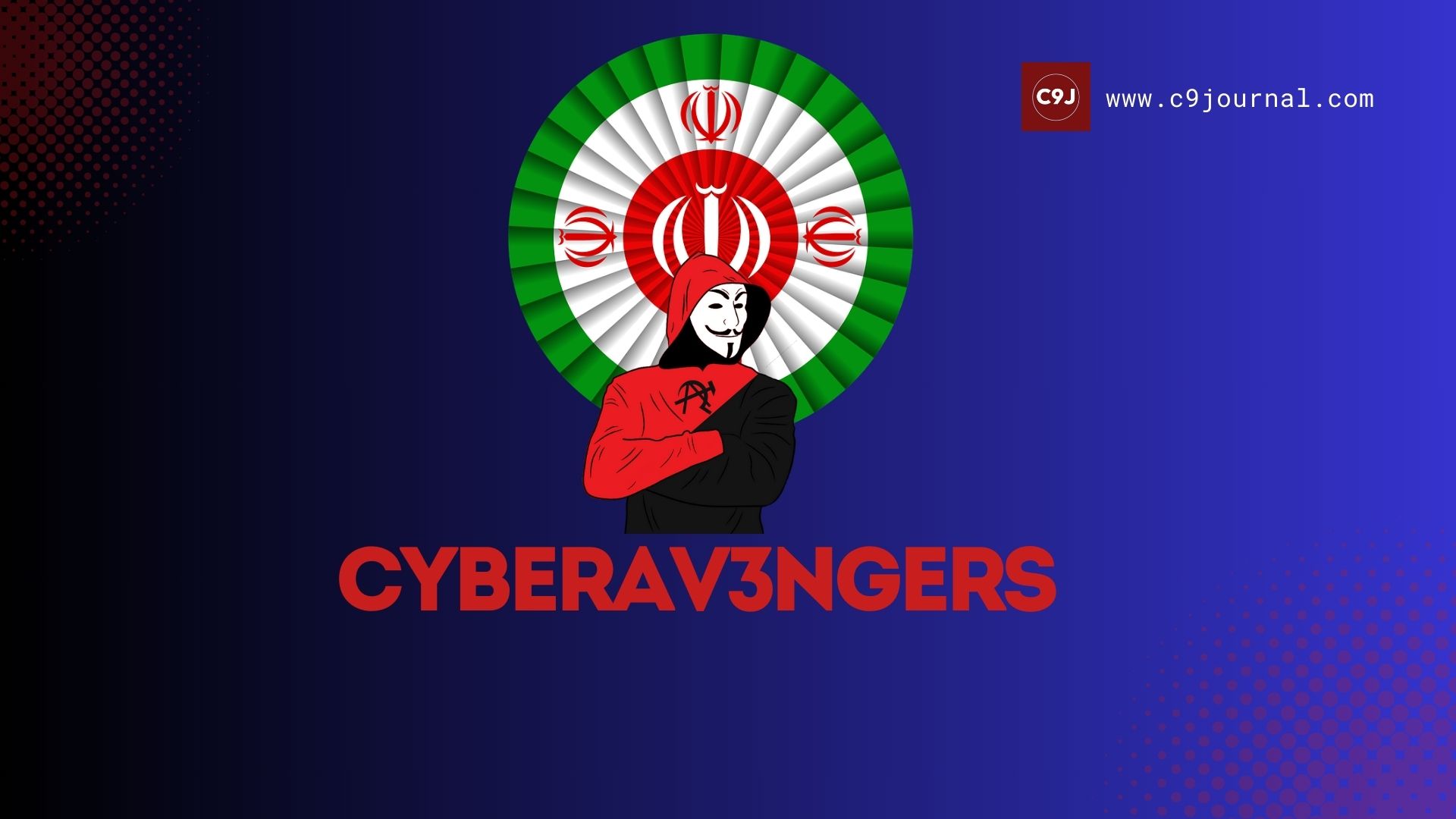
CVE-2024-43572 is a high-severity Remote Code Execution (RCE) vulnerability targeting Microsoft Management Console (MMC). Attackers leverage this flaw by luring victims into opening malicious Microsoft Saved Console (MSC) files. This allows remote attackers to run arbitrary code on the system, giving them the ability to manipulate or take control of the target machine. The vulnerability gained particular attention as it was actively exploited in-the-wild, highlighting its dangerous potential.
How the Attack Works:
- Attackers deliver malformed MSC files to victims through phishing emails or compromised downloads.
- Once the victim opens the MSC file, malicious code is executed with the same privileges as the logged-in user.
- The execution of code can lead to system compromise, data theft, or enable attackers to install further malware.
This vulnerability presents a high level of risk, especially in enterprise environments where the MMC is used to manage system configurations, users, and network devices.
Mitigation Strategies:
- Update Systems: Microsoft has released patches as part of its October 2024 Patch Tuesday. Ensure that all systems receive the latest updates.
- Block MSC Files: Adjust Group Policies to prevent opening untrusted or unauthorized MSC files.
- Restrict Privileges: Apply the principle of least privilege (PoLP) to limit administrative access and reduce exposure.
- Endpoint Protection: Use endpoint detection tools to monitor for suspicious file activity and block malicious MSC files at the network boundary.
Potential Impact if Unpatched:
- Data Breaches: Attackers can steal sensitive data from compromised systems.
- Ransomware Deployment: Gaining remote control could allow attackers to deploy ransomware.
- Business Disruption: Unauthorized changes to system configurations may result in downtime or operational failures.
Conclusion:
The CVE-2024-43572 vulnerability underscores the importance of prompt patching, as attackers increasingly exploit unpatched systems. Organizations should adopt multi-layered defense strategies, ensuring that systems are regularly updated, phishing attacks are mitigated, and users are educated on avoiding suspicious files.
By taking proactive steps, businesses can reduce their exposure and ensure their critical infrastructure remains protected from future exploits.
This vulnerability is just one example of the ever-evolving threat landscape. Continuous vigilance and rapid incident response are essential to safeguard enterprise environments from RCE and zero-day attacks.







